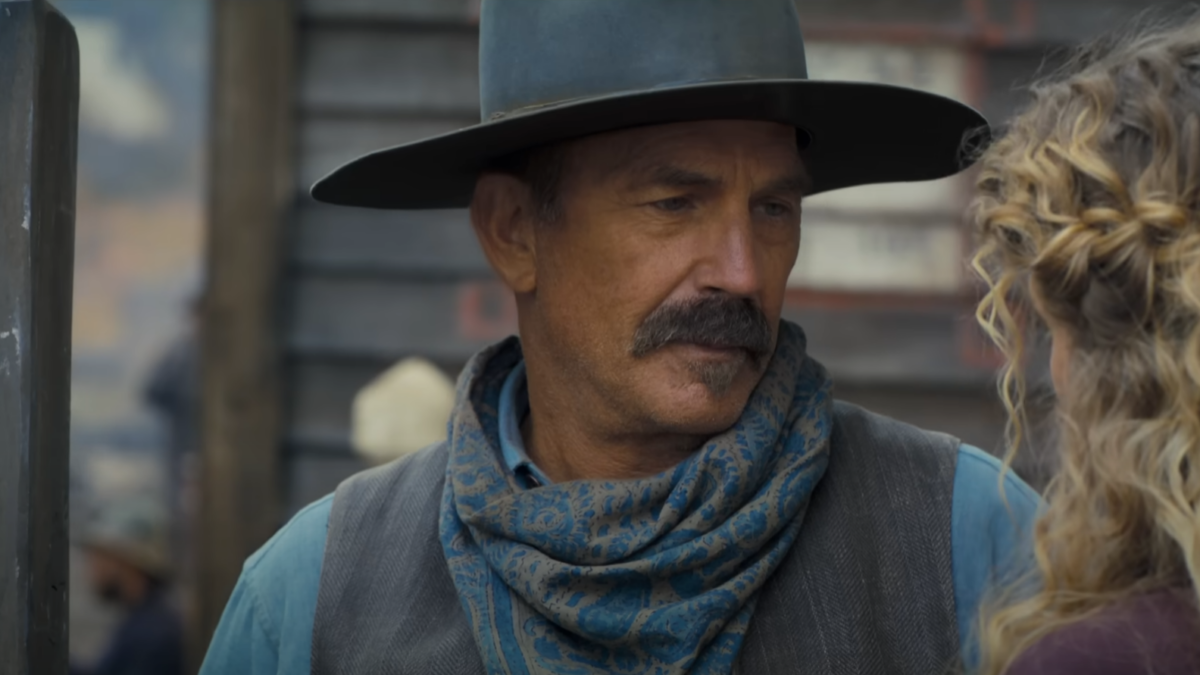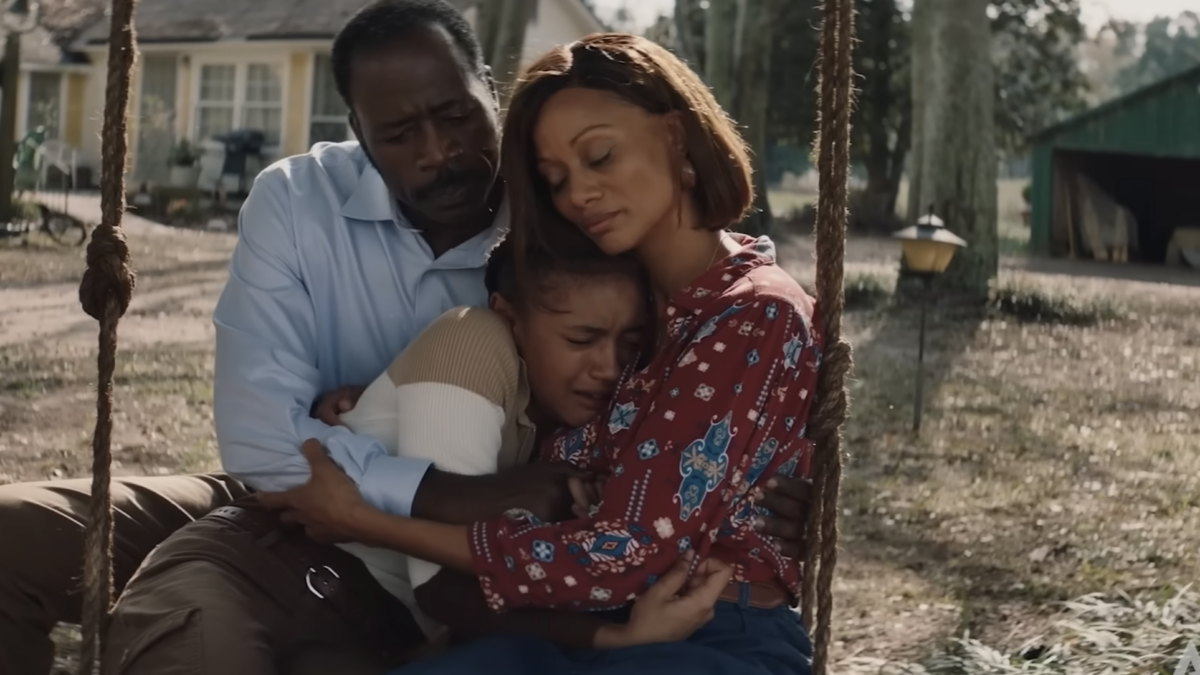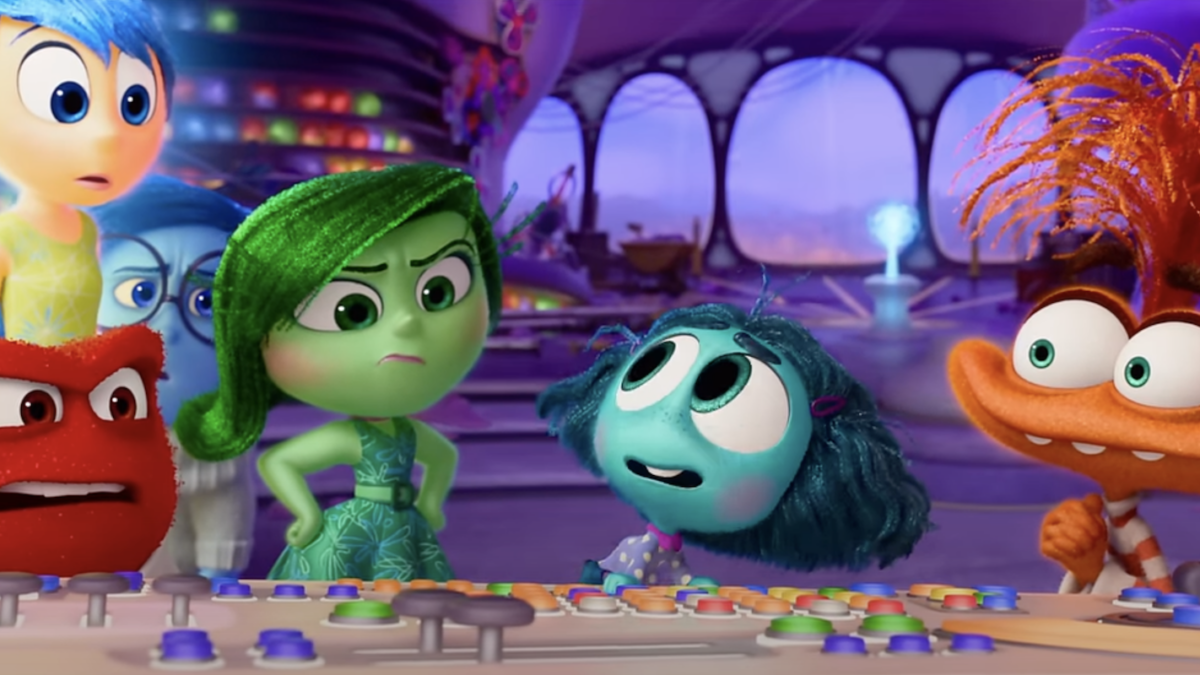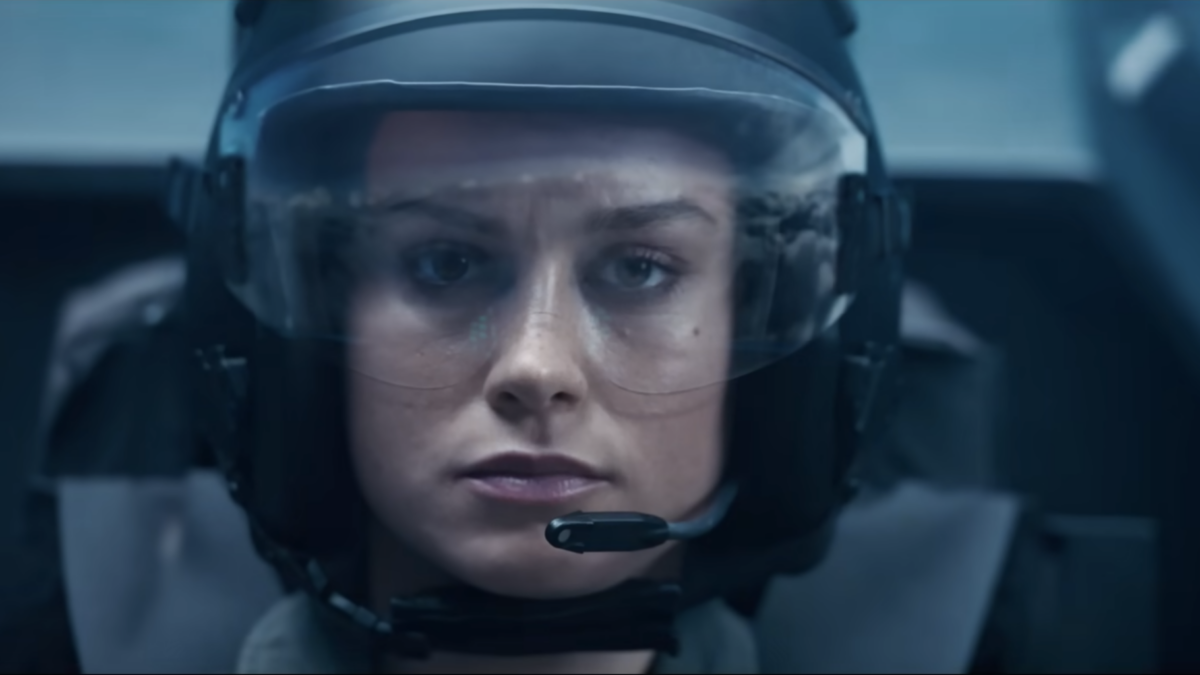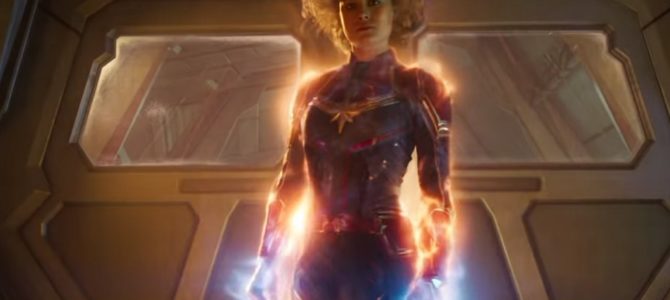
WARNING: “Captain Marvel” star Brie Larson publicly lamented last year that “67% of the top critics reviewing the 100 highest-grossing movies in 2017 were white males,” and added, “I do not need a 40-year-old white dude to tell me what didn’t work for him about ‘A Wrinkle in Time.’ It wasn’t made for him. I want to know what that film meant to women of color, to bi-racial women, to teen women of color, to teens that are bi-racial.”
Full disclosure compels me to confess that I am an over-40 “white dude.” If you believe “Captain Marvel” was made for any specific age group, race, or sex, and if you are ageist, sexist, or racist enough to believe that only critics in those same categories can provide meaningful opinions about the movie, feel free to seek out one who meets your particular identity-politics requirements. Thank you.
Marvel’s latest solo superhero outing provides adequate filler until the larger-scale “Avengers: Endgame” arrives next month, and has a literal girl power theme that is sure to please advocates of equality between the sexes. But compared to most of the studio’s other releases, “Captain Marvel” seems a little lacking in commitment, ambition, and innovation.
Part of that is because the movie takes place in the gently mocked 1990s (with references to Blockbuster Video, the AltaVista search engine, flannel, and more), and sometimes evokes the no-frills look and tone of midrange flicks from that decade and earlier. What keeps it from being a complete throwback are thoroughly modern CGI space scenes interspersed with less elaborate locations like a strip mall, a bland file room, and an empty roadside bar.
“Captain Marvel” relates the origin of the hero Nick Fury summoned via high-tech pager just before he was done and dusted at the end of “Avengers: Infinity War.” As the character’s amnesiac and planetarily displaced alter ego Carol Danvers, Brie Larson seems perpetually on the verge of either cocking an eyebrow or shrugging with disinterest.
Admittedly, she is not well-served by the silly space-opera screenplay (by Anna Boden, Ryan Fleck and Geneva Robertson-Dworet), which can’t decide if Danvers is a haunted sexism survivor or a grinningly detached smart-ss. There are lots of one-liners, but attempts at convincing melodrama come up short.
Boden and Fleck were strange picks to direct “Captain Marvel,” considering that most of their previous work has been for very non-cosmic TV series such as “Billions,” “The Affair,” and “In Treatment.” The two also co-directed and co-wrote 2010’s teens-in-therapy “It’s Kind of a Funny Story,” and co-wrote 2006’s junkie-teacher drama “Half Nelson,” which Fleck directed.
While Marvel’s offbeat choice of comedy director Taika Waititi to helm “Thor: Ragnarok” paid off, it’s hard not to wish the studio had hired someone with more action-adventure or SF chops here. Too many scenes that should be thrilling (a “French Connection”-lite car-and-elevated-train chase, and a “Star Wars”-style canyon dogfight), frightening (Carol undergoing enhanced interrogation aboard an enemy spacecraft) or awe-inspiring (when her full powers kick in) are energetic but generic.
Earthbound flashbacks to Carol at different ages suffering she’s-not-good-enough failures and chauvinist-delivered indignities pay off in a “pick yourself up” montage that resembles a sluggish Nike commercial. And things like a homey heart-to-heart exposition dump in a dining room are just dull.
The movie opens with Carol on the planet Hala, homeworld of the alien but human-resembling Kree. Remembering only flashes of her life on Earth, she has been trained as a warrior by the Kree, and wants to put her no-impulse-control fighting skills to work ASAP. She also can fire powerful photon blasts from her palms, a power she is told the Kree gave her and can take away.
Jude Law is her intense and no-nonsense Kree mentor, the kind of guy who has no qualms about teaching a woman how to take a punch in the face and come up swinging.
After a mission goes wrong, Carol is captured by Skrulls, green shape-shifting aliens who are the Krees’ detested enemies. Like Mystique of the X-Men, they somehow can transform their appearance to impersonate everything about anyone instantly—clothes, glasses, and all. This is only slightly less believable than the idea of a flying woman with a flaming mohawk who shoots energy blasts from her hands, so just go with it.
When Carol ends up pursued by some of those shifty Skrulls on Earth, she strikes an alliance with the pre-Avengers (and still two-eyed) S.H.I.E.L.D. agent Nick Fury, played with his usual appealingly wry hamminess by a digitally de-aged Samuel L. Jackson.
Like all Marvel Cinematic Universe movies, the screenplay takes minor and major liberties with the comic-book incarnations of Carol and company. On the small side, it’s a shame that the way Fury loses an eye is reduced to a bad throwaway gag. Also, obsessive funnybook fans may regret that significant pieces of Carol’s résumé—she was a different superhero known as Ms. Marvel, then Binary, then Warbird before taking on the Captain Marvel mantle from someone else in the comics—are missing entirely.
The biggest departure from canon involves an everything-she-knows-is-wrong switcheroo that turns a half-century of Marvel Comics history on its head. Like Steve Rogers discovering in “Captain America: The Winter Soldier” that Hydra agents secretly had been infiltrating S.H.I.E.L.D. for decades, the development feels more like a story cheat than a believable revelation.
Ben Mendelsohn is likeably amusing as Talos, a deadpan Skrull who somehow speaks with an Australian accent, and whose universal-translatored speech includes terms like “jazz hands,” “a bad trip” and “my science guy.” Annette Bening does double duty as research scientist Dr. Wendy Lawson and the avatar that embodies Carol’s most admired person whenever she’s jacked into the Kree’s Supreme Intelligence matrix.
Clark Gregg is de-aged like Jackson for his cameo return as S.H.I.E.L.D. Agent Coulson. Lashana Lynch is Carol’s former fellow pilot Maria Rambeau. A cat named Goose that manages to find Nick Fury’s soft spot is a treat.
From both a toy-selling and a storytelling standpoint, the fact that the movie’s title character never is referred to by anyone as “Captain Marvel” is odd, but not unprecedented. Nobody called Wonder Woman by that name in her movie, either, and ticket sales didn’t seem to suffer.
The film’s most touching moment has nothing to do with the story, but comes during the opening Marvel Studios animated logo. The usual montage of the company’s superheroes has been replaced with images of Marvel Comics icon Stan Lee, followed by a text card that says “Thank you Stan.” Lee, who died last year at age 95, also is featured briefly as himself in an early scene, doing something humorously era-specific.
At the other end of the movie, stick around for a mid-credits bonus bit that leads into “Avengers: Endgame,” and a goofier one seven minutes later, after all of the names have scrolled by.


